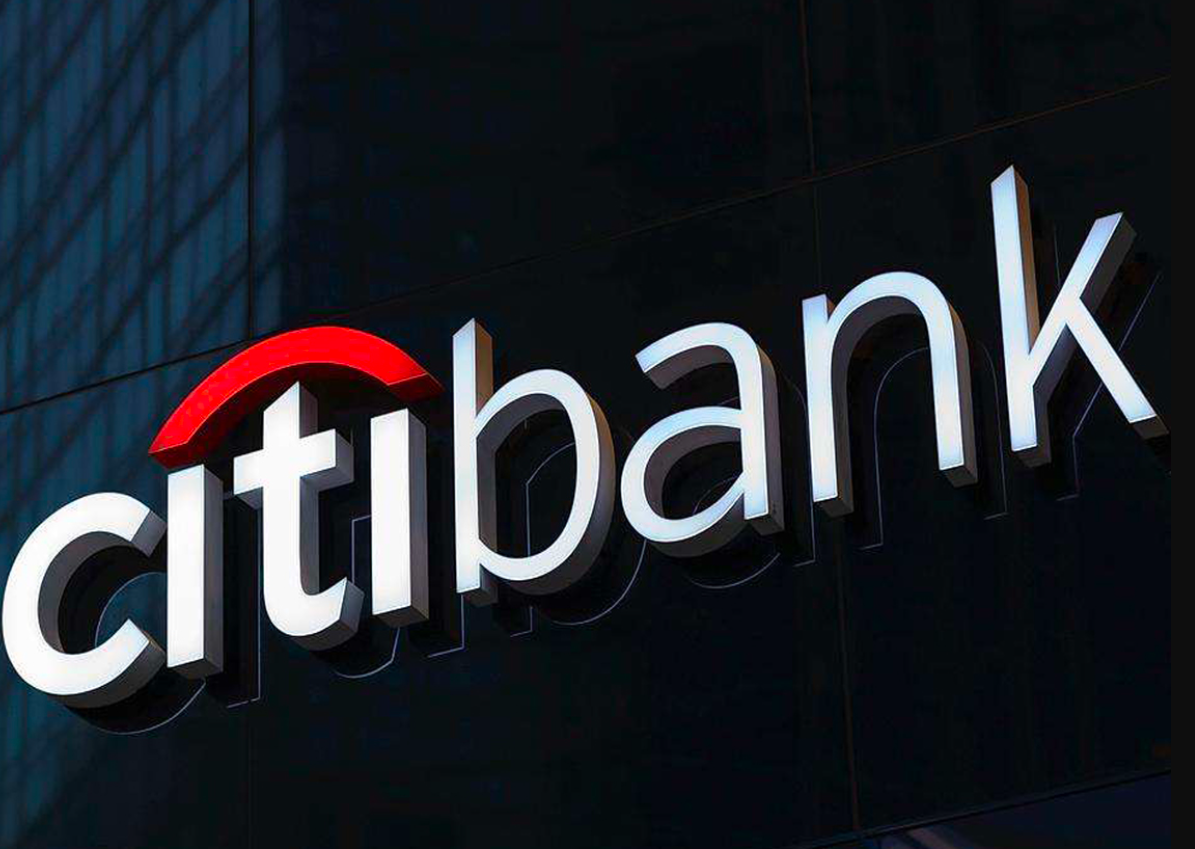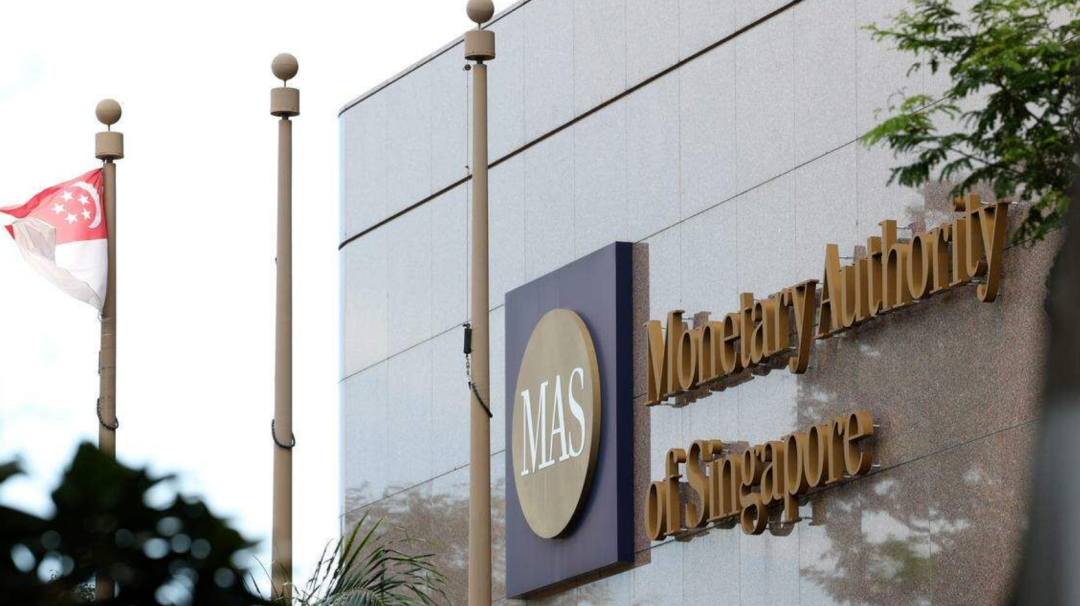Author: Liang Yu
Editor: Zhao Yidan
According to the annual economic report released by the Bank for International Settlements in June 2024, 90% of central banks worldwide are actively exploring tokenized deposits, marking the beginning of a silent competition for dominance over future financial infrastructure.
From 2024 to 2025, the global banking industry is undergoing a silent revolution. According to a Reuters report in January 2025, Citigroup has expanded its tokenization services to the euro area. Additionally, Bloomberg reported that JPMorgan has launched a dollar deposit token based on the public blockchain Base for institutional clients. According to an official announcement from the Hong Kong Monetary Authority in November 2025, its launched EnsembleTX pilot program has completed multiple real transactions.

These nearly simultaneous events point to a common trend: the "on-chain migration" of the global banking industry is moving from the experimental stage to the critical point of commercialization.
I. Global Layout: Accelerated Advancement of Bank On-Chainization
Bank tokenized deposits are essentially not about creating new currencies but transforming traditional bank deposits into digital certificates that can circulate on the blockchain. This shift allows for fund transfers to be completed in seconds and enables 24/7 settlement, fundamentally changing the traditional clearing process that used to take days.
According to official data from the Bank for International Settlements' June 2024 report, tokenized deposits have become one of the most focused innovation areas for central banks globally. The report indicates that this new form of currency retains the stability of the banking system while absorbing the efficiency of blockchain technology, becoming a key hub for the integration of traditional and digital finance.
According to a Bloomberg report in October 2024, JPMorgan's JPM Coin represents the banking industry's active exploration of public chains. This deposit token operates on Coinbase's Base blockchain, allowing clients to send and receive funds via the public chain, achieving payment processing in seconds. This innovation breaks the limitations of traditional banking hours, providing a new channel for global fund flows.
Cross-bank cooperation has also made substantial progress. According to a Financial Times report in February 2025, JPMorgan and DBS Bank are jointly developing a tokenized deposit framework aimed at addressing interoperability issues between different blockchain systems. This collaboration connects DBS Bank's token services with JPMorgan's Kinexys digital payment project, aiming to establish new cross-bank, cross-chain settlement standards.
According to a Reuters report in January 2025, Citigroup has adopted a multi-currency, multi-region expansion strategy. Citigroup recently announced the expansion of its tokenization service, Citi Token Services, to include euro transactions and support real-time settlement with blockchain technology. The bank has established a new liquidity center in Ireland to strengthen its European business layout, providing real-time cross-border payment solutions denominated in euros to institutional clients.
II. Three Paths: Strategic Differentiation Driven by Regulation and Market Forces
As the global on-chainization of banks deepens, banks in different regions are gradually forming three differentiated strategic paths based on their respective regulatory environments, market structures, and resource endowments.
The first path can be termed "In-System Alliances," represented by large banks in Europe and the United States. These banks do not seek to disrupt the existing financial system but focus on optimizing efficiency bottlenecks within the system—especially in wholesale banking. They build "membership club"-style alliance chains to validate technological value in a controlled but efficient environment. The core logic of this path is to seek incremental innovation within the existing regulatory framework rather than starting from scratch.
According to a working paper from the European Central Bank in November 2024, the digital asset settlement platform project of the European Banking Union is a typical representative of this path. This project is jointly initiated by several banks from countries such as Switzerland and Germany, utilizing shared ledger technology to explore new models for real-time settlement of securities and cash between institutions. Some banks in the United States are more focused on improving internal efficiency, such as using private chain technology to optimize group cross-border liquidity management and reduce funding operation costs.

The second path is "Ecosystem-Level Infrastructure," characterized by banks in the Asia-Pacific region. This path has a strong top-down design flavor, with banks playing a key service node in a government-led digital ecosystem, aiming to enhance the global competitiveness of the financial infrastructure of the entire country or region.
According to an official press release from the Hong Kong Monetary Authority in November 2025, Hong Kong's Ensemble project is a model of this path. This project involves multiple banks and integrates regulatory agencies, technology companies, and end-users to build a complete digital financial ecosystem. The Vice President of Bank of China Hong Kong, Xing Guiwei, stated in an interview with the South China Morning Post that the bank will "further explore the tokenization of financial assets, gradually promoting the application of tokenization of traditional financial assets while ensuring asset security custody." This ecosystem-level thinking reflects the Asia-Pacific region's emphasis on the overall competitiveness of financial infrastructure.
The third path is "Market-Oriented Asset Bridging," mainly seen in emerging markets and digital banks focused on the Web3 space. This path is the most outward-looking and groundbreaking, with banks no longer limited to traditional business but actively acting as connectors between real-world assets and the world of crypto capital.
According to an official research report released by Standard Chartered Bank in March 2025, the bank is building a bridge connecting traditional banking and decentralized finance through its SC Ventures division. The bank's head of digital asset research, Geoffrey Kendrick, predicts that by 2028, the value of tokenized real-world assets will reach approximately $2 trillion, comparable to the size of the stablecoin market at that time. Some banks in Africa and Latin America are using tokenization technology to convert future revenue rights of their commodities into on-chain digital assets, financing global investors and significantly reducing funding costs.
III. Regulatory Framework: Differentiated Exploration in Global Coordination
The on-chainization process of the banking industry is inseparable from the evolution of the regulatory environment, and the regulatory orientation of different jurisdictions profoundly influences the technological path choices of local banks.
According to an official document released by the European Commission in June 2024, the EU has established the world's most systematic regulatory framework for tokenized assets through MiCAR. This regulation clarifies the classification and regulatory requirements for electronic money tokens and asset-referenced tokens, providing legal certainty for banks to engage in tokenization business. The EU's concurrently operating DLT pilot regime provides a safe testing ground for the application of distributed ledger technology in traditional financial markets.
According to an official statement from the Monetary Authority of Singapore in September 2024, it is promoting innovation in tokenized financial assets through the "Guardian Program." This project brings together several institutions, including DBS Bank and JPMorgan, to explore industry best practices for tokenized asset trading. Singapore's approach is not to resist new technologies but to institutionalize and absorb them; they view tokenized deposits not as substitutes for stablecoins but as compliant evolutionary versions of stablecoins.

According to a news announcement from the Swiss Federal Department of Finance in October 2025, Switzerland is creating a friendly environment for the development of fintech and cryptocurrencies through amendments to FINIA. The Swiss Federal Council has initiated a public consultation on the proposed amendments to FINIA, proposing the introduction of two new types of financial institutions: payment institutions and crypto institutions. This reform aims to align the current legal framework with the international dynamics of fintech and cryptocurrencies.
According to the annual report from the Dubai Virtual Assets Regulatory Authority in December 2024, Dubai has established a dedicated regulatory framework for digital assets through VARA. This agency issues licenses to virtual asset service providers and formulates comprehensive regulatory rules to attract global financial institutions to conduct digital asset business in Dubai.
IV. Trust Foundation: Core Advantages of Bank On-Chainization
Despite the differing paths, global banks are all upholding the same defensive line in the on-chainization process—trust as a moat. The essence beyond technology is that, regardless of the chosen path, the core advantage of banks is not the technology itself but the legal trust, regulatory compliance, and risk control systems built over a century.
Unlike stablecoins, deposit tokens are issued by commercial banks and represent the existing deposit claims of customers. These tokenized deposits facilitate the movement of funds more conveniently through blockchain networks, but for institutional clients, their core value lies in retaining the legal validity and regulatory protection of bank liabilities.
According to the Basel Committee on Banking Supervision's report on "Principles for the Risks of Tokenized Deposits" released in December 2024, banks become the executors of KYC/AML on-chain, serving as the gateway between the "anonymous network" and "regulatory transparency." In the complex multi-chain world, the on-chain settlement based on high-quality assets provided by banks is becoming a new "trust anchor." By extending the compliance and risk control capabilities of traditional finance to the on-chain environment, banks are addressing the most challenging issues of identity verification and transaction compliance in decentralized networks.
The Basel Committee's report explicitly states that banks face multiple risks when conducting transactions on permissionless blockchains, including money laundering, terrorism financing, operational, and security challenges. The report particularly emphasizes that some risks stem from the blockchain's reliance on unknown third parties, making it difficult for banks to conduct due diligence and supervision. For this reason, banks place particular importance on the extension and adaptation of compliance frameworks in the on-chainization process.
V. Challenges and Risks: Hidden Costs of On-Chain Migration
The migration of banks to on-chain is not smooth sailing; it faces multiple challenges from technology to law, and these hidden costs may determine the ultimate success or failure of this transformation.
According to the analysis in the Bank for International Settlements' June 2024 report, interoperability and standardization are the primary technical barriers to bank on-chainization. Communication and data exchange between different blockchain systems still face significant challenges, limiting the liquidity and application scenarios of tokenized assets. Tom Zschacht, Chief Innovation Officer at SWIFT, pointed out in a LinkedIn post in February 2025: "Addressing legal challenges is not the same as resilience. What matters is neutral, shared governance. Financial institutions are cautious about relying on competitors' infrastructure." He further emphasized that compliance is not about one entity persuading regulators but about the entire industry reaching a consensus on shared standards that are not controlled by any single balance sheet.
According to a research report from the International Organization of Securities Commissions in January 2025, legal certainty and settlement finality are legal challenges faced by on-chainization. There are significant differences in the legal nature and transfer effectiveness of on-chain assets across different jurisdictions, creating legal uncertainties for cross-border on-chain settlements. The Basel Committee's report notes that new legislation may change validator behavior, making the blockchain itself operationally unstable. For example, a ban may reduce the computing power or native tokens available to protect the blockchain, temporarily increasing the risk of a 51% attack.
Balancing node governance and anti-money laundering enforcement is a practical difficulty. Banks need to meet regulatory anti-money laundering requirements while ensuring transaction privacy, which requires innovation at both the technical and institutional levels. Current industry explorations of privacy protection technologies such as zero-knowledge proofs hold promise for achieving necessary regulatory compliance while protecting user privacy.
VI. Future Outlook: Fundamental Reconstruction of the Role of Banks
Looking ahead, the on-chainization of the banking industry will not only be a technological upgrade but also a fundamental reconstruction of roles and business models. The future financial system will present a multi-layered hybrid architecture—CBDCs, tokenized deposits, stablecoins, and RWAs coexisting, each serving different financial needs.
According to McKinsey's 2025 banking report, banks will transition from "product providers" to "network organizers." In the on-chain financial ecosystem, the core value of banks will no longer be merely providing deposit and loan products, but rather organizing and maintaining the stable operation of the financial network. They will become the cornerstone of the on-chain financial ecosystem by providing trust infrastructure, liquidity support, and compliance frameworks.
Cross-border payments will become the first scalable application scenario for tokenized deposits. Standard Chartered's Geoffrey Kendrick stated in a March 2025 interview with the Financial Times: "Stablecoins are instantaneous, global, operate 24/7, and are super trustworthy and super liquid. Banks like ours can help create capital efficiency through stablecoin links." He anticipates a trend of integration between stablecoins and tokenized assets, believing that this integration will reshape global capital flow patterns.
The management of bank balance sheets will enter the "programmable" era. Through smart contracts, banks' assets and liabilities can achieve more refined management and dynamic adjustments, enhancing capital utilization efficiency and reducing operational risks. This programmability will enable banks to create financial products and services that better meet customer needs.
In the next five years, we will witness a deep integration of traditional banks and on-chain technology. Success will not necessarily belong to the banks with the most advanced technology, but to those institutions that can most effectively convert traditional trust capital into on-chain competitive advantages.
According to the International Monetary Fund's 2025 Global Financial Stability Report, the core functions of banks over the millennia—fund intermediation, risk management, and payment settlement—will not disappear, but they will be presented in new ways on new technological infrastructures.
As deposits become tokens and banks become nodes, the one constant is that trust remains the most precious currency in the financial world.
Sources of some materials:
· "The Banking 'On-Chain Wave': Tokenized Deposits Become a New Battlefield in Global Finance"
· "Bank of China Completes Tokenized Product Verification"
· "JPMorgan's JPM Coin Goes Public, Citigroup Launches Euro Token! Banking Giants Achieve 24/7 Instant Payments with Tokenized Deposits"
· "Basel Committee on Banking Supervision: Banks Face Multiple Risks When Using Permissionless Blockchains"
免责声明:本文章仅代表作者个人观点,不代表本平台的立场和观点。本文章仅供信息分享,不构成对任何人的任何投资建议。用户与作者之间的任何争议,与本平台无关。如网页中刊载的文章或图片涉及侵权,请提供相关的权利证明和身份证明发送邮件到support@aicoin.com,本平台相关工作人员将会进行核查。




